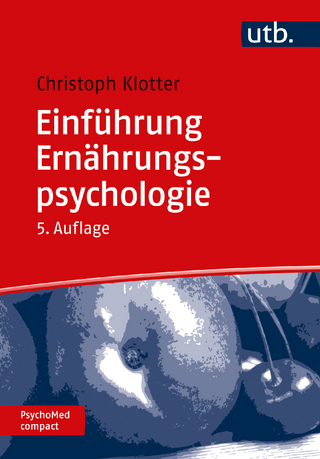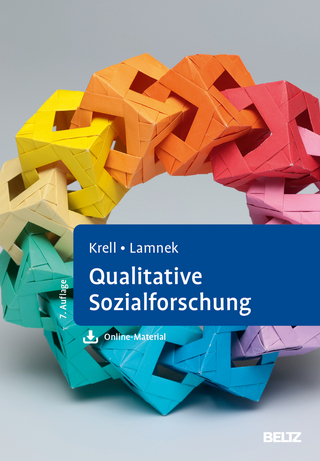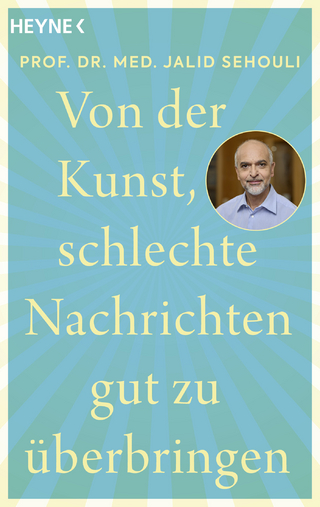
Darwin's Bridge
Oxford University Press Inc (Verlag)
978-0-19-023121-7 (ISBN)
The essays in Darwin's Bridge raise and give substantial answers to questions such as: What is the precise trajectory of human evolution? What were the main factors driving the evolution of the human brain and human motivational system? How closely does life among contemporary hunter-gatherers mirror conditions of ancestral life? In what ways have genes and culture co-evolved, reciprocally influencing one another? How does selection at the level of individuals interact with selection among groups? How complete and adequate are our current models of human nature? How well do these models integrate ideas about human universals, individual identity, and specific cultures? How well can we now delineate the causal chains leading from elementary principles of evolutionary biology to specifically human forms of social organization, individual identity, and imaginative culture? Are human proclivities to make and consume works of art by-products of adaptations, or are they themselves adaptations? Can evolutionary thinking guide us in giving close analytic and explanatory attention to individual works of art?
Joseph Carroll is Curators' Professor of English at the University of Missouri-St. Louis. His books include Evolution and Literary Theory, Literary Darwinism, Reading Human Nature, and (co-authored) Graphing Jane Austen. He produced an edition of Darwin's Origin of Species. He is the leading figure in the movement known as "literary Darwinism," that is, the effort to integrate evolutionary social science and literary scholarship. Dan P. McAdams is the Henry Wade Rogers Professor of Psychology and Chair of the Psychology Department at Northwestern University. His research focuses on personality development across the human life course. Most recently, he is the author of The Redemptive Self: Stories Americans Live By and George W. Bush and the Redemptive Dream: A Psychological Portrait. Edward O. Wilson is Honorary Curator in Entomology and University Research Professor Emeritus, Harvard University. He has received more than 100 awards for his research and writing, including the U.S. National Medal of Science, the Crafoord Prize and two Pulitzer Prizes in non-fiction. He is considered one of the world's foremost biologists and naturalists today.
Foreword by Alice Dreger
Introduction: Joseph Carroll
Part I. Transforming Our Vision of the Human Story
Chapter 1. Edward O. Wilson, "The Meaning of Human Existence"
Part II. The Evolution of Human Sociality
Chapter 2. Christopher Boehm, "Bullies: Redefining the Human Free-Rider Problem"
Chapter 3. Herbert Gintis, "The Structure and Evolution of Morality: Public and Private Persona"
Chapter 4. Henry Harpending & Nathan Harris, "Human Kinship as a Green Beard"
Chapter 5. Michael Rose, "Darwinian Evolution of Free Will and Spiritual Experience"
Part III. Ancient Markings
Chapter 6. John Hawks, "Neandertal Humanities"
Chapter 7. Ellen Dissanayake, "Mark-Making as a Human Behavior"
Part IV. Integrative Psychology
Chapter 8. Barbara Oakley, "Consilience through the Integration of Engineering and Social Science"
Chapter 9. Dan P. McAdams, "From Actor to Agent to Author: Human Evolution and the Development of Personality"
Part V. A Biocultural Perspective on Literature
Chapter 10. Catherine Salmon, "What Do Romance Novels, Pro-Wrestling, and Mack Bolan Have in Common? Consilience and the Pop Culture of Storytelling"
Chapter 11. Mathias Clasen, "Terrifying Monsters, Malevolent Ghosts, and Evolved Danger-Management Architecture: A Consilient Approach to Horror Fiction"
Chapter 12. Joseph Carroll, Jonathan Gottschall, John Johnson, & Daniel Kruger, "Agonistic Structure in Canonical British Novels of the Nineteenth Century"
Chapter 13. Brian Boyd, "Experiments with Experience: Consilient Multilevel Explanations of Art and Literature"
Part VI. A Challenge
Chapter 14. Massimo Pigliucci, "The Limits of Consilience and the Problem of Scientism"
Afterwords
David Sloan Wilson
Jonathan Gottschall
| Erscheinungsdatum | 24.05.2016 |
|---|---|
| Verlagsort | New York |
| Sprache | englisch |
| Maße | 236 x 157 mm |
| Gewicht | 635 g |
| Themenwelt | Geisteswissenschaften ► Psychologie ► Sozialpsychologie |
| Naturwissenschaften ► Biologie ► Evolution | |
| Naturwissenschaften ► Geowissenschaften ► Geografie / Kartografie | |
| Sozialwissenschaften ► Soziologie | |
| ISBN-10 | 0-19-023121-1 / 0190231211 |
| ISBN-13 | 978-0-19-023121-7 / 9780190231217 |
| Zustand | Neuware |
| Haben Sie eine Frage zum Produkt? |
aus dem Bereich


